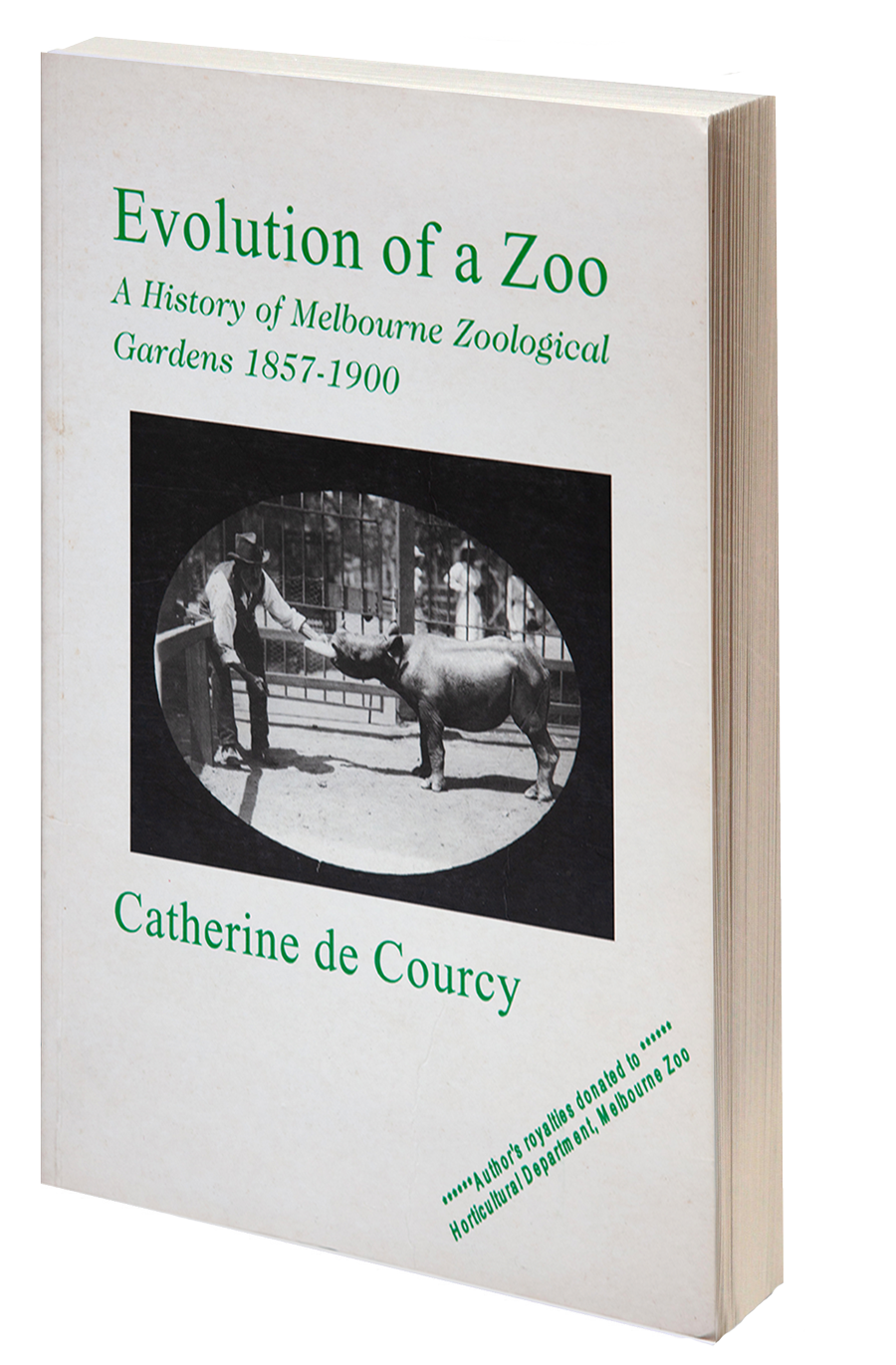Grainne Cunningham reviews Catherine’s book Dublin Zoo: An Illustrated History, September 30 2009
ANYONE who has ever spent a few hours in thrall to the residents of Dublin Zoo will enjoy leafing through a new book that documents its 178-year history.
Photographs documenting elephant rides, chimpanzee tea parties and ice skating on the lake will evoke special memories for many visitors who remember a very different zoo to the one of today.
Author and historian Catherine de Courcy said she deliberately sought to record the people's zoo and there is much in the book about favourite animals which regulars would have known by name.
There are several stories of children who lost finger tips while trying to press peanuts into the chimps, including one about an 11-year-old girl who had been attempting to burn a monkey's nose and instead lost her finger top.
Other highlights include the tales of dangerous elephants such as Sita who killed her keeper and Dangiri Amma who had to be put down. Some visitors, including Ms de Courcy, will remember getting a ride on either Sarah or Komali, both of whom were cared for by RTE presenter Pat Kenny's father Jimmy.
Ms de Courcy describes how the zoo was like an elite private club when it first opened in 1831 and it was considered a very radical move in 1840 to allow the "great unwashed" public access for just a penny on Sundays.
During the famine years, it struggled to feed the animals, mainly using food not fit for human consumption.
The book is the result of a year's work, ever since Dubliner Ms de Courcy popped in to visit the baby elephants in April last year and met director Leo Oosterweghel who asked her to write a history of the zoo. Mr Oosterweghel, a former director of Melbourne Zoo, was familiar with the author's books on Australian zoos.
"I deliberately took only a year to research and write it because it is such a huge project that I would have been happy to spend a lifetime on it. Limiting the time was a way of ensuring that it actually ended up in print," said Ms de Courcy who spent years living Down Under.
These days, Ms de Courcy insists the animals are as happy as they are in any zoo anywhere in the world.
So the elephants are encouraged to graze for 70pc of the day as they would in the wild and their food is hidden in time-controlled places which they will even seek out in the dead of the night.
And the tigers have been provided with a raised mound from which they can survey the entire zoo. 'Dublin Zoo: An illustrated history' costs €30 and is in bookshops now.








